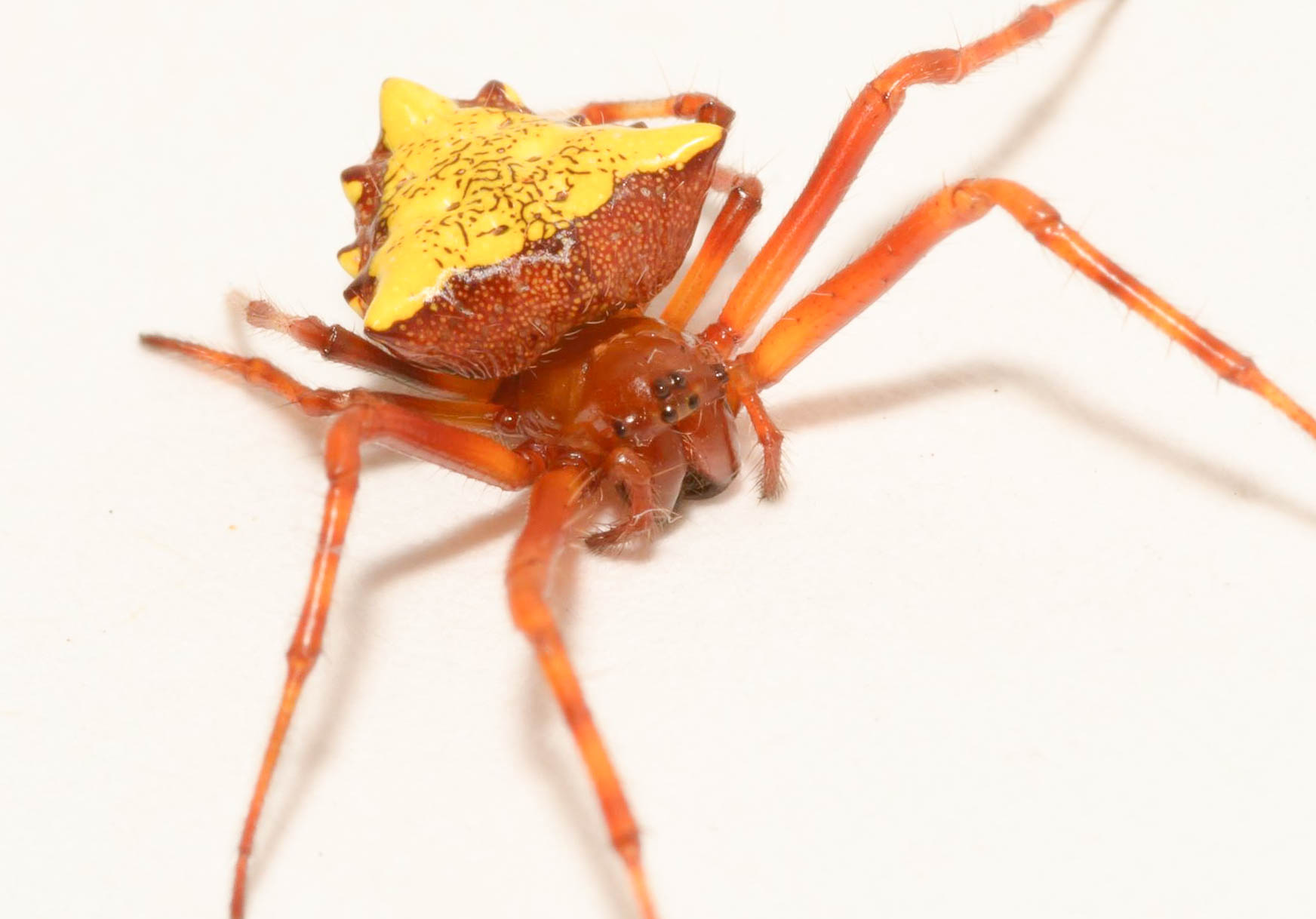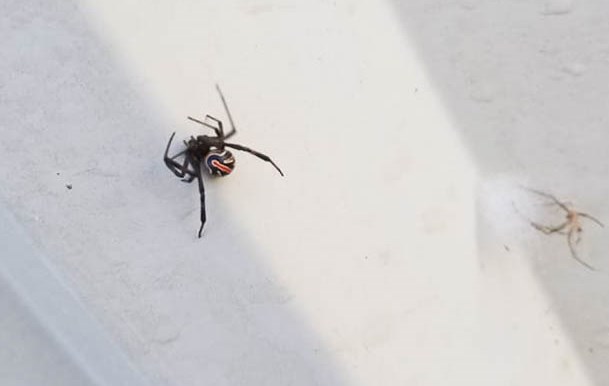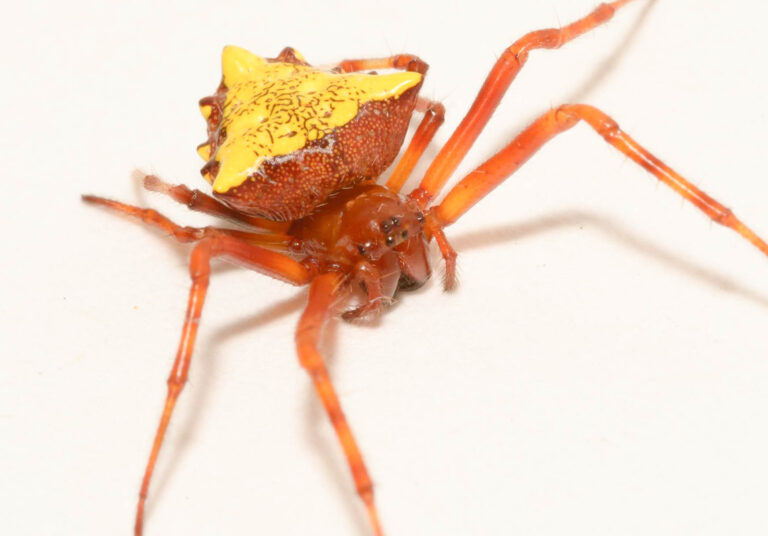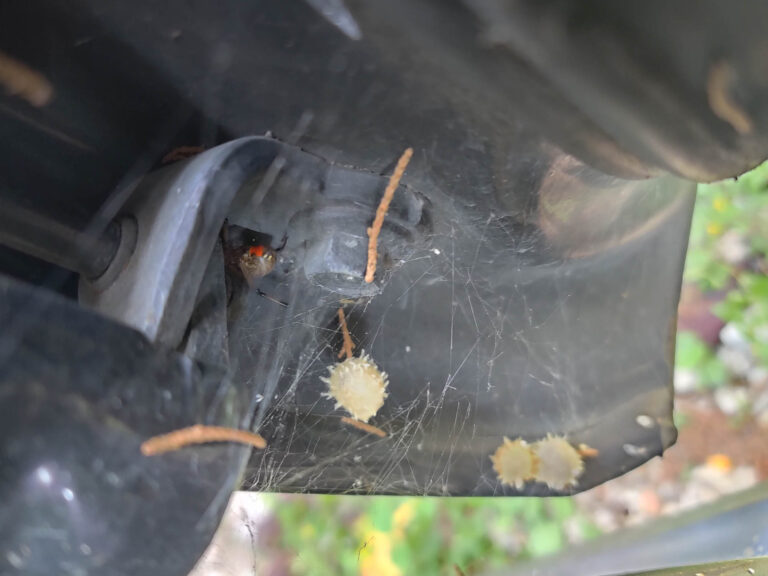What threats do spiders pose?
What threats do spiders pose?
There exists over 3,500 documented spider species in North America. All the identified spider species are venomous predators, but only a small handful of these spiders are actually dangerous to humans and pets.
How Spiders Perceive Threats?
Most spiders prefer to remain docile in their webs and will only react if they genuinely feel threatened. Spiders use the vibrations in their environment, be it on the ground or at their webs, to sense whether potential prey or humans or any other large animals are approaching.
Female spiders, especially the brooding ones, pose the biggest risks to humans and animals. If you get bitten, do your best to catch the spider as it helps with the treatment. Clean the wound with soapy water and apply some antibiotic cream. Alternatively, use painkillers to soothe the slight pain and antihistamines for the swelling. Bites from spider species like the black widow, tarantula, and the brown recluse often result in mild symptoms like rashes, chills, fever, headaches, red warts, and body aches.

However, in some people, the effects are more pronounced and severe, such as difficulty breathing, nausea, vomiting, and swelling on the face. Deadly spiders like the black widow, brown recluse, hobo, and yellow sac spider pose serious health risks to humans and animals.
In the same vein, spiders become a nuisance when they live in places like houses. You wonder how? These creatures spin webs that are irritating if they touch your face. Some species continuously make webs without removing the old ones. As such, they give homeowners the endless job of cleaning their houses.
Black Widows
Female black widow spiders are the most dangerous. The males rarely inflict bites on humans or animals. The mature females have shiny abdomens that resemble a red or orange hourglass. The widow bears a characteristic black and white pattern on its abdomen as well.
Brown Recluses
Humans are at risk of getting bitten by both the male and female brown recluse spiders. However, in the real world, the chances of these spiders confronting and attacking you are remarkably slim.
The dark violin shape can identify this spider on its cephalothorax. Other mostly harmless spiders like the pirate and cellar spiders also have the dark violin shape on their cephalothorax, but the rest of their features vary from the brown recluse.
You’ll also notice that unlike most spider species, the brown recluse’ legs and body do not have patterns. This species can either be light tan, blackish-grey, or even brown in color.
Benefits of Spiders
On the flipside, spiders are not that much of a threat to us; rather, they’re beneficial to humans in several ways. For instance, if you’re a gardener, you know the value spiders play in controlling pests.
The predatory spiders will feed on prey that thrives in gardens and fields, thereby preventing damage and destruction to agricultural produce.
In our homes, spiders feed on pesky and dangerous mosquitoes. These spiders eliminate the need for us to use costly pesticides.

Brown Recluse
This species is easily identified by its unique violin-shaped joints where the legs meet the body. The brown recluse has six eyes arranged in pairs on its front and lateral parts. That’s as opposed to most spider species, which have eight eyes. You’ll mostly encounter these spiders in your attics and basements.
At first, the bite from a brown recluse feels like an insect sting but the pain increases after a few hours. Your skin might turn purple or blue. The bite brings about symptoms like chills, rashes, fever, and upset stomach.
Tarantulas
Tarantula spiders are big hairy creatures. These spiders are among the most dreaded species in the world. Their bites are often painful, and the symptoms can persist for up to a week. The punctured skin becomes red and warm. Some people experience irritation, swelling, and itching upon getting bit by a tarantula.
Hobo Spiders
In the past, hobo spiders were considered to be dangerous to humans and animals. Today, however, research has proven that the hobos are mostly harmless. Their bites lead to minor effects such as redness, a bit of swelling, and some mild pain. These spiders are identified by the light stripe that runs down their middle bodies.
Preventing Spider Bites
Always ensure you have the right gear when scouring through sheds, attics, woodpiles, and other habitats popular with spiders. Put on long-sleeved garments, hats, and tuck in your pants to your boots or socks to avoid picking up spiders. Also, get rid of any firewood, lumber, or rocks lying around your property. You can also use insecticides—powder to sprinkle in any suspected entrances.



